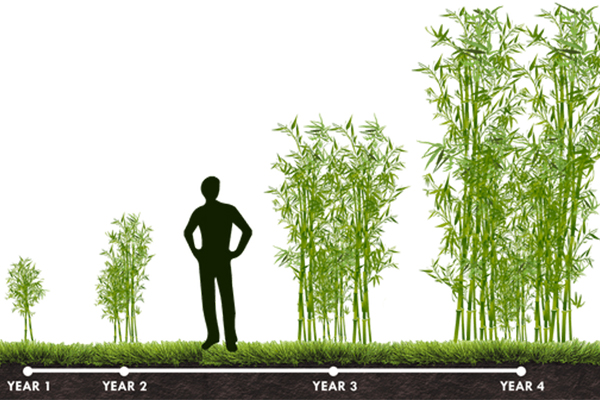The cosmetic packaging market is constantly evolving, with new trends and innovations shaping the way that beauty products are packaged and presented to consumers. Just take a look at the new products being listed on beauty supply-side marketplaces like BeautySourcing.com, as well as e-commerce giants like Alibaba.
In the coming years, we can expect to see a number of key trends that will have a major impact on the cosmetic packaging industry. In this article, we will examine the trends shaping the future of the cosmetics packaging industry.
1. Increased emphasis on sustainability
One of the biggest trends shaping the future of cosmetic packaging is the move toward sustainability. As consumers become increasingly conscious of the environmental impact of their purchases, they are demanding more eco-friendly packaging options.
This has led to an increase in the use of biodegradable and recycled materials in cosmetic packaging. Brands are also starting to focus on designing packaging that is easier to recycle and implementing more efficient production processes to reduce their carbon footprint.
They are now starting to use materials such as bamboo, paper, and other biodegradable materials in their packaging. This not only helps in reducing the environmental footprint but also differentiates the brand in the market.
2. The rise of minmalism
Another trend that is likely to shape the cosmetic packaging market is the growing popularity of the minimalistic design. Consumers are increasingly seeking out simple, uncluttered packaging that is easy to understand and use.
Brands are responding to this trend by creating packaging that is sleek, modern, and easy to read. This has led to an increase in the use of clean, minimalistic typography and simple color palettes in cosmetic packaging.
Additionally, more brands are opting for a “less is more” approach, where the packaging is not only minimalistic but also visually pleasing and aesthetically pleasing. This way, it can stand out in a crowded market.
3. Increased utilization of technology
The digitalization of the cosmetic packaging market is another trend that will have a big impact on the industry in the coming years.
With the rise of e-commerce and social media, more and more consumers are turning to digital channels to research and purchase beauty products. This has led to an increase in the use of digital technologies such as augmented reality and virtual try-on in cosmetic packaging.
Brands are also starting to use digital tools such as QR codes and NFC tags to create interactive packaging that can provide consumers with additional information and experiences. This digitalization of the packaging not only provides a more interactive experience to the customer but also allows brands to gather more data and insights about customer preferences and behavior.
4. Personalization
The rise of personalization is another trend that will shape the future of cosmetic packaging. As consumers become increasingly interested in products that are tailored to their individual needs and preferences, brands are starting to offer more customized packaging options.
This has led to an increase in the use of digital printing and other technologies that allow brands to create packaging that can be easily customized. Personalization not only makes the customer feel special and valued but also helps in building brand loyalty.
5. Airless packaging
Airless packaging technology is a type of packaging that uses a vacuum to dispense the product, rather than a traditional pump or dropper. This type of packaging can help to reduce the amount of product that is wasted, as the vacuum ensures that all of the product can be used before it needs to be replaced. Additionally, airless packaging can also help to extend the shelf life of the product, as it is not exposed to air, which can cause the product to degrade over time.
5. Refillable containers
Refillable containers are another trend that is gaining popularity in the cosmetic packaging market. These types of containers can be refilled multiple times, which can help to reduce the amount of waste that is generated.
Refillable containers can also be more cost-effective for consumers in the long run, as they can save money by purchasing refills instead of buying a new container each time the product runs out. Additionally, refillable containers can also be a more sustainable option for brands, as they can reduce the amount of packaging that is used and help to promote a more circular economy.

Post time: Mar-15-2023



